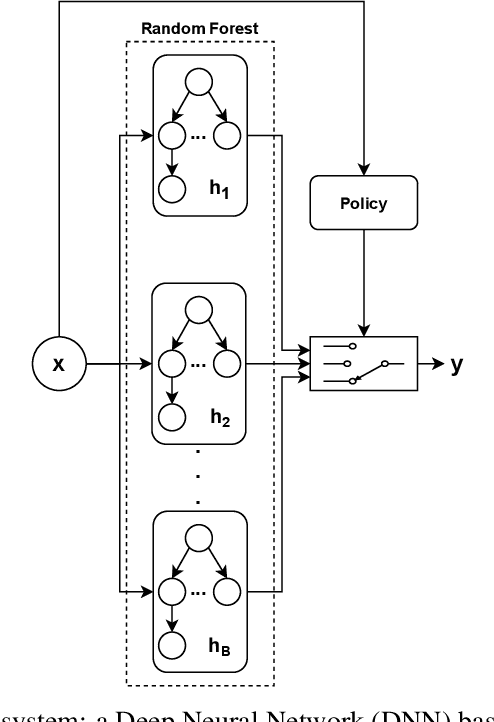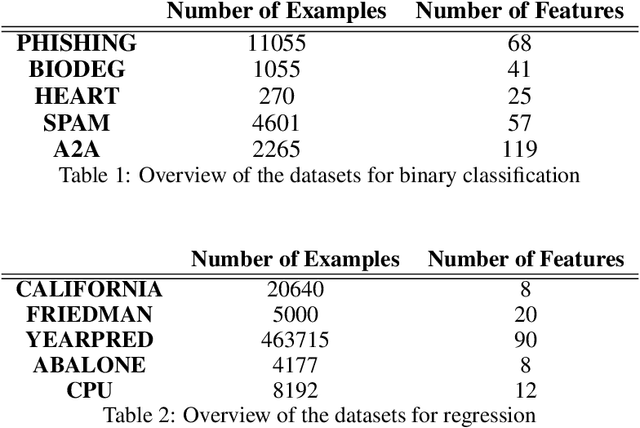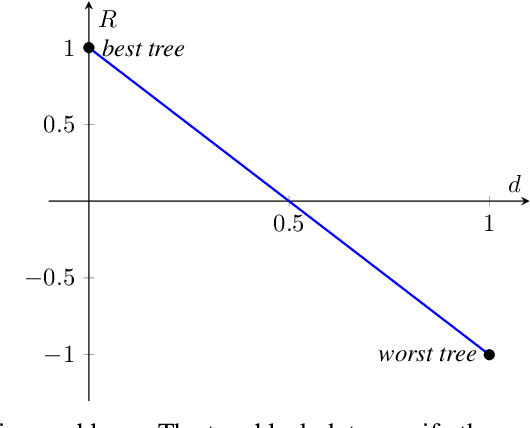Enrico Civitelli
Doc2Graph: a Task Agnostic Document Understanding Framework based on Graph Neural Networks
Aug 23, 2022



Abstract:Geometric Deep Learning has recently attracted significant interest in a wide range of machine learning fields, including document analysis. The application of Graph Neural Networks (GNNs) has become crucial in various document-related tasks since they can unravel important structural patterns, fundamental in key information extraction processes. Previous works in the literature propose task-driven models and do not take into account the full power of graphs. We propose Doc2Graph, a task-agnostic document understanding framework based on a GNN model, to solve different tasks given different types of documents. We evaluated our approach on two challenging datasets for key information extraction in form understanding, invoice layout analysis and table detection. Our code is freely accessible on https://github.com/andreagemelli/doc2graph.
Contextual Decision Trees
Jul 13, 2022



Abstract:Focusing on Random Forests, we propose a multi-armed contextual bandit recommendation framework for feature-based selection of a single shallow tree of the learned ensemble. The trained system, which works on top of the Random Forest, dynamically identifies a base predictor that is responsible for providing the final output. In this way, we obtain local interpretations by observing the rules of the recommended tree. The carried out experiments reveal that our dynamic method is superior to an independent fitted CART decision tree and comparable to the whole black-box Random Forest in terms of predictive performances.
A Robust Initialization of Residual Blocks for Effective ResNet Training without Batch Normalization
Dec 23, 2021



Abstract:Batch Normalization is an essential component of all state-of-the-art neural networks architectures. However, since it introduces many practical issues, much recent research has been devoted to designing normalization-free architectures. In this paper, we show that weights initialization is key to train ResNet-like normalization-free networks. In particular, we propose a slight modification to the summation operation of a block output to the skip connection branch, so that the whole network is correctly initialized. We show that this modified architecture achieves competitive results on CIFAR-10 without further regularization nor algorithmic modifications.
 Add to Chrome
Add to Chrome Add to Firefox
Add to Firefox Add to Edge
Add to Edge